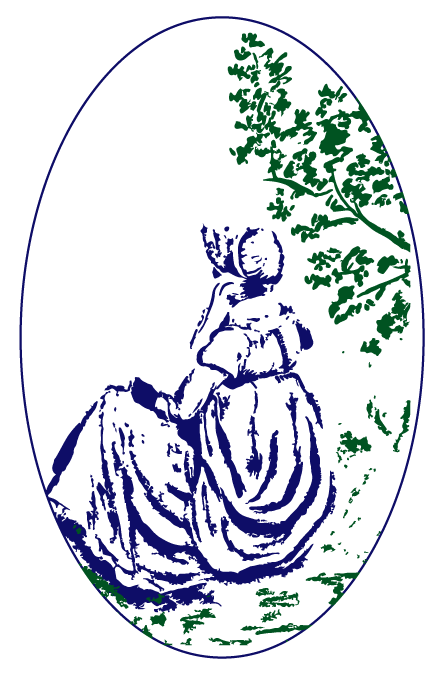Jane and the Stillroom Maid
by Stephanie Barron
Bantam Books, 2000
Reviewed by Carol Ann Krug Graves
Jane and the Stillroom Maid is the fifth Jane Austen murder mystery. Stephanie Barron is a lifelong Janeite who spoke at the 1999 AGM, on Jane Austen’s Very Private Eye: Elements of Mystery Plotting in Emma. In each of Barron’s mysteries, Jane is the detective and solves a murder. Barron uses known facts about and real people and places from Jane Austen’s life, and adding fictional characters and events, writes the novels as imagined manuscript journals of Jane Austen discovered “in 1992, in the cellar of a Georgian manor house outside of Baltimore”.
Barron does a good job of approximating the style of Jane Austen’s novels and letters. Modified, but still recognizable lines from the novels, such as “What was a little singing, however off-key, to the grandeur of lakes and mountains?”, “Remember where you are, Jane, and do not run on in the wild way you are suffered to do at home” and “The more I know of the world, the less I am pleased with it. There are few people I really love; and even fewer of whom I think well” add to the Austen-esque tone of the novel, and also provide something of an in-joke for fellow Janeites.
Barron creates characters and plot elements that echo those of Austen’s novels, as though they had provided some of the inspiration for the same. For example, in Jane and the Stillroom Maid, the character of Jane Austen’s real-life cousin, Edward Cooper, Rector of Hamstall Ridware, Staffordshire, has much in common with Mr. Collins of Pride and Prejudice. He disapproves of visits on Sundays, and of much of Jane’s behavior. He is forever singing the praises of “so exalted a gentleman as my esteemed patron, Sir George Mumps”, or worrying “what my esteemed and noble patron, Sir George Mumps, will say when he learns of the affair.” The character of Jane’s mother in the novel bears a resemblance to that of Mrs. Bennet in Pride and Prejudice. In one scene, when a gentleman calls, she whisks everyone but Jane out of the room, to give him an opportunity to propose to her (he has actually come to discuss the murder investigation). The Mrs. Austen character spends a good part of the novel looking out for potential husbands for her daughters, fretting that Jane is suntanned from travel, and that her attire is not becoming. At the start of the action, Jane is touring Derbyshire lakes, peaks, and country houses, echoing Elizabeth Bennet’s tour of Derbyshire with her aunt and uncle in Pride and Prejudice. Later in the novel, Jane visits Chatsworth, which some scholars believe to have been one of the models for Pemberley.
All the elements of mystery plotting are present in this novel as well. By the end of the first chapter, Jane has discovered the dead body of the victim. There are plenty of suspects, motives, alibis, clues and red herrings. There is deceit, disguise and mistaken identity, and the murderer is finally revealed by the detective (Jane) in a “summation in the library” scene (which actually takes place in a parlour) at the end of the novel.
Those who enjoy murder mysteries, and are interested in Jane Austen’s life and works should enjoy Jane and the Stillroom Maid. It will be on sale in August 2000, and is available in the JASNA NorCal Circulating Library now! Thanks to Polly Reiheld of A Clean Well-Lighted Place for Books for providing the advance reading copy of this book.
